Effortlessly Remove Paint from Running Boards: A StepbyStep Guide
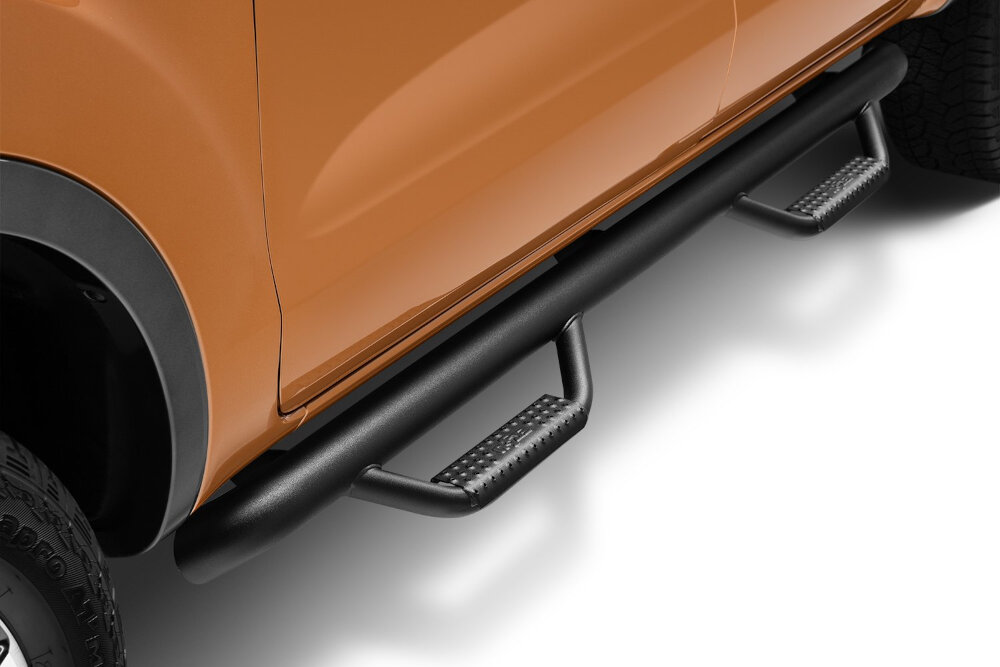
Painted running boards on vehicles can become worn and scratched over time, making them look unsightly. Removing the old paint can be a daunting task, especially if you’re unsure of where to start. Fortunately, with the right tools and techniques, you can easily remove paint from running boards and restore them to their former glory. In this step-by-step guide, we’ll walk you through the process of removing paint from running boards, so you can achieve professional-looking results with minimal effort. Whether you’re a car enthusiast or simply looking to improve the appearance of your vehicle, this guide will provide you with all the information you need to get the job done. We’ll cover everything from the tools you’ll need to the best techniques for removing paint, so you can be confident in your ability to achieve the desired outcome. So, whether you’re a seasoned DIYer or a beginner looking to take on a new project, read on for our comprehensive guide to removing paint from running boards.
The need for removing paint from running boards is essential for maintaining the aesthetic appeal of a vehicle. Running boards, which are located on the sides of a vehicle, are often subjected to harsh weather conditions, road debris, and other external factors that can cause the paint to chip, fade, or peel. The accumulation of paint damage can make a vehicle appear worn-out and unattractive, which can decrease its value and overall appeal. Removing the paint from the running boards is an effective way to restore the vehicle’s appearance and ensure that it looks its best. Additionally, stripping the paint from the running boards can also help to prevent further damage and rusting, which can extend the lifespan of the vehicle.
It is essential to remove paint from running boards correctly to prevent damage to the vehicle. Running boards are an important accessory that not only enhances the vehicle’s look but also provides a convenient stepping surface. However, if paint removal is not done correctly, it can cause damage to the running board material or the vehicle’s body. Using abrasive materials or harsh chemicals can scratch or dull the running board’s finish and the vehicle’s paint. Therefore, it is crucial to follow a step-by-step guide using the right tools and techniques to ensure that the paint removal process is safe and effective. By doing so, you can restore your vehicle’s running boards to their original condition without causing any harm.
If you’re looking for a comprehensive guide on how to remove paint from running boards, you’re in the right place. Our step-by-step guide will take you through the process of removing paint from your vehicle’s running boards, leaving them looking brand new. We’ll cover everything from gathering the necessary tools to applying the paint stripper and cleaning up afterward. Whether you’re a seasoned DIYer or a novice, our guide is easy to follow and will have you removing paint from your running boards with ease. So let’s get started and restore your vehicle’s running boards to their former glory.
Materials Needed
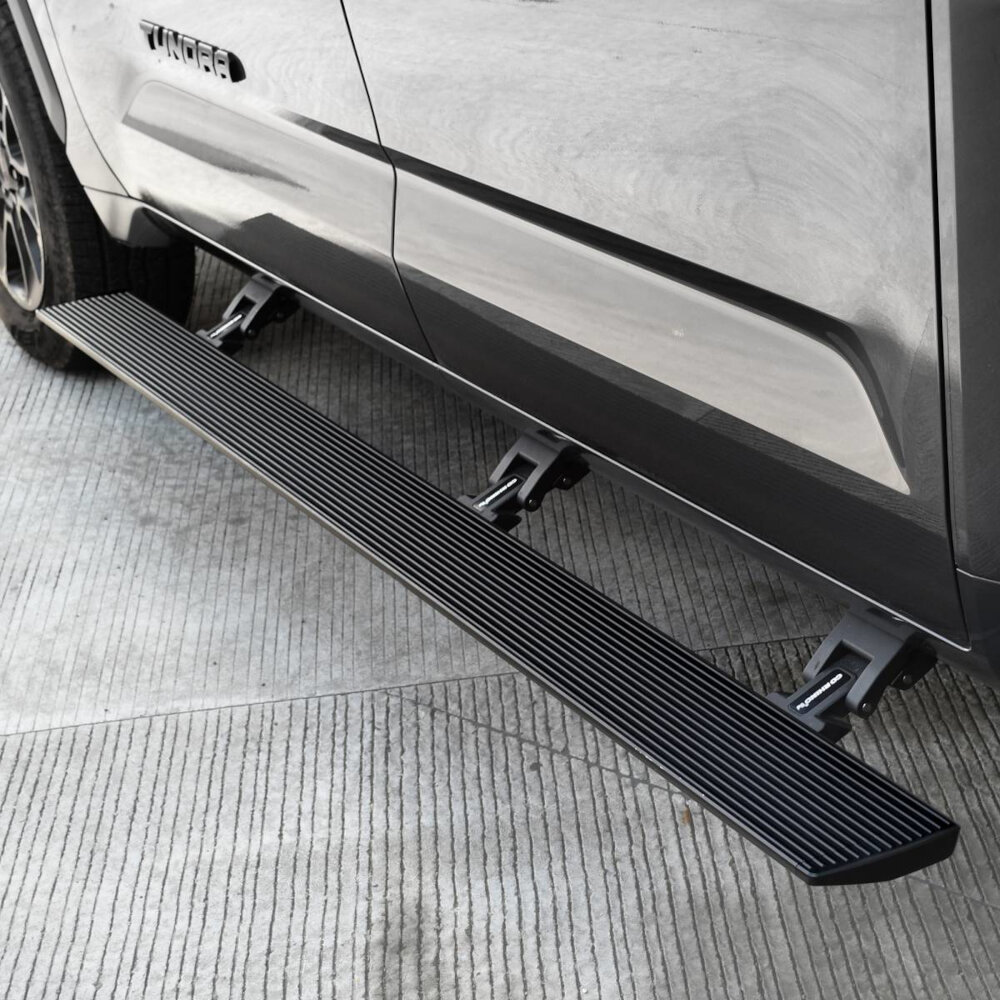
When it comes to removing paint from running boards, having the right materials is crucial to making the process as effortless as possible. The first thing you’ll need is a scraper or putty knife to help you gently scrape off the paint without damaging the surface of the running board. It’s important to choose a scraper that’s not too sharp or too dull, as this can make the process more difficult or even cause scratches on the running board. Additionally, you’ll want to have a sandpaper block or a sanding sponge on hand to help you smooth out any rough spots or uneven surfaces left behind after scraping off the paint. This will ensure that your running board looks clean and polished once the job is done. Another key material you’ll need for paint removal is a solvent or stripping solution. There are many different types of solvents available, so it’s important to choose one that’s appropriate for the type of paint you’re working with. Be sure to read the label carefully and follow the manufacturer’s instructions to ensure that you’re using the solvent safely and effectively. To apply the solvent to the running board, you’ll need a paintbrush or a rag. A paintbrush can be useful for applying the solvent to larger areas, while a rag can be more effective for getting into tight spaces or corners. With these materials in hand, you’ll be well-equipped to tackle any paint removal job on your running boards with ease and confidence.
Before starting the paint removal process, you need to gather the necessary materials to make the job easier and more efficient. Firstly, you will need a paint stripper, which is a chemical solution that helps dissolve and remove the paint. Secondly, a scraper or putty knife is required to scrape off the paint after the chemical has been applied. A wire brush can also be used to help remove any stubborn paint. Additionally, you will need a bucket of water and a clean cloth to wipe down the running board after the paint has been removed. Finally, it is essential to wear protective gear such as gloves, safety glasses, and a respirator mask to avoid any harmful exposure to the chemicals. With these items, you can effortlessly remove paint from your running boards and give them a fresh and polished look.
The materials used in the process of removing paint from running boards are crucial to achieving the desired outcome. The first material, a paint stripper, is essential in breaking down the layers of paint on the running board. It must be chosen carefully to ensure it is effective but not too harsh, as this could damage the running board’s surface. The second material, a scraper, is used to remove the peeling paint from the running board. It should be sturdy enough to remove the paint but not too sharp, as this could cause scratches on the surface. Lastly, sandpaper is used to smooth out the surface of the running board once all the paint has been removed. It should be chosen carefully to ensure it is the right grit for the job, as a too-coarse grit could damage the surface, while a too-fine grit may not be effective. In conclusion, each material used in the process of removing paint from running boards is critical and must be chosen carefully to ensure a successful outcome.
StepbyStep Guide
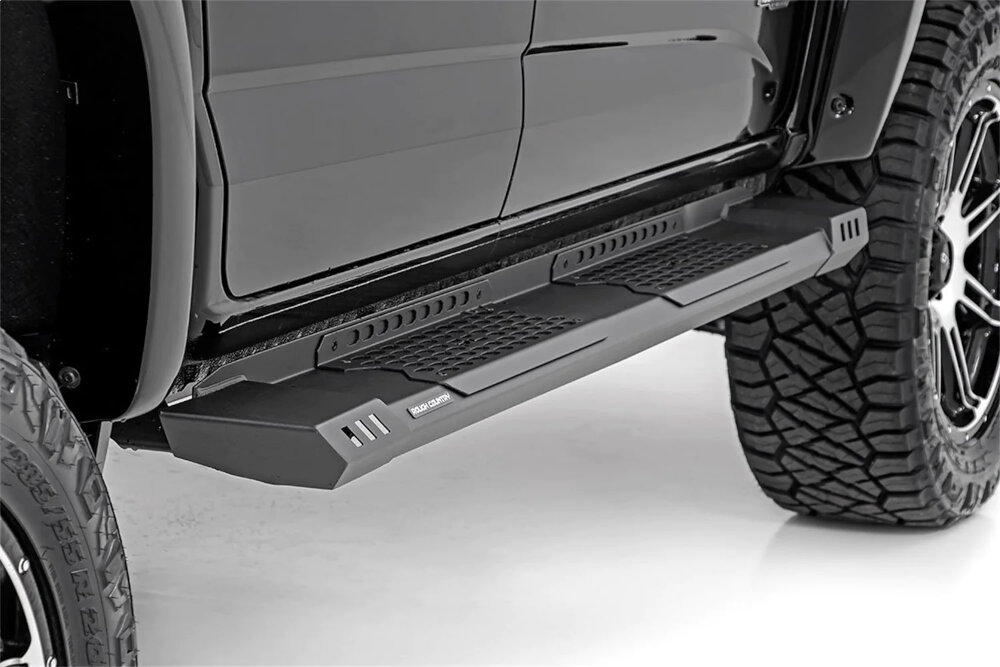
If you’re looking for a way to remove paint from your running boards, you’ve come to the right place. Removing paint from running boards can be a tedious and time-consuming task, but with this step-by-step guide, you’ll be able to do it effortlessly. The first step is to gather all the necessary tools and materials. You’ll need a scraper, sandpaper, a wire brush, a bucket of warm soapy water, and a paint stripper. Make sure to wear protective gear, such as gloves, goggles, and a mask, to avoid any potential harm from the chemicals. Once you have all the tools and materials, the next step is to apply the paint stripper. Use a brush or a roller to apply the paint stripper to the affected areas and let it sit for about 10 to 15 minutes. After the allotted time, use a scraper to remove the paint. If there are any stubborn areas, use a wire brush or sandpaper to remove the remaining paint. Once all the paint has been removed, wash the running boards with warm soapy water and rinse thoroughly. Finally, let the running boards dry completely before applying any new paint or coating. By following these simple steps, you’ll be able to effortlessly remove paint from your running boards and have them looking like new in no time.
The paint removal process involves several steps to ensure that the running boards are free from any paint residue. Firstly, gather all the necessary materials such as safety goggles, gloves, a scraper, a wire brush or sandpaper, a chemical paint stripper, and a cleaning solution. Then, put on your safety gear and apply the chemical paint stripper to the running boards and let it sit for the recommended amount of time. Next, scrape off the paint with a scraper or use a wire brush or sandpaper to remove any remaining paint. After that, clean the running boards with a cleaning solution to remove any leftover chemical residue. Lastly, rinse the running boards with water and let them dry completely before painting or leaving them as they are.
Removing paint from running boards can be a daunting task, but there are a few tips and tricks that can make the process easier and more efficient. Firstly, make sure to wear protective gear such as gloves and goggles, as paint removal chemicals can be harmful. Secondly, choose a high-quality paint stripper that is suitable for your specific type of running board material. Apply the stripper evenly and carefully, and use a scraper to remove the paint layer by layer. If the paint is particularly stubborn, try using a wire brush or sandpaper to gently scrape away the remaining paint. Finally, make sure to thoroughly clean and rinse the running boards after removing the paint to avoid any damage or residue buildup. By following these simple steps, you can effortlessly remove paint from running boards and restore them to their original condition.
When it comes to DIY projects, sometimes words alone are not enough to fully understand what needs to be done. That’s why including images or videos in tutorials can be incredibly helpful. In the case of removing paint from running boards, seeing each step visually can make the process much easier to follow. Images can show the tools needed, the before-and-after effects, and the proper technique for each step. Videos can provide an even more detailed look, demonstrating the process in real-time. Overall, including multimedia elements in tutorials can aid in understanding and make the process of removing paint from running boards much more effortless.
Cleaning Up
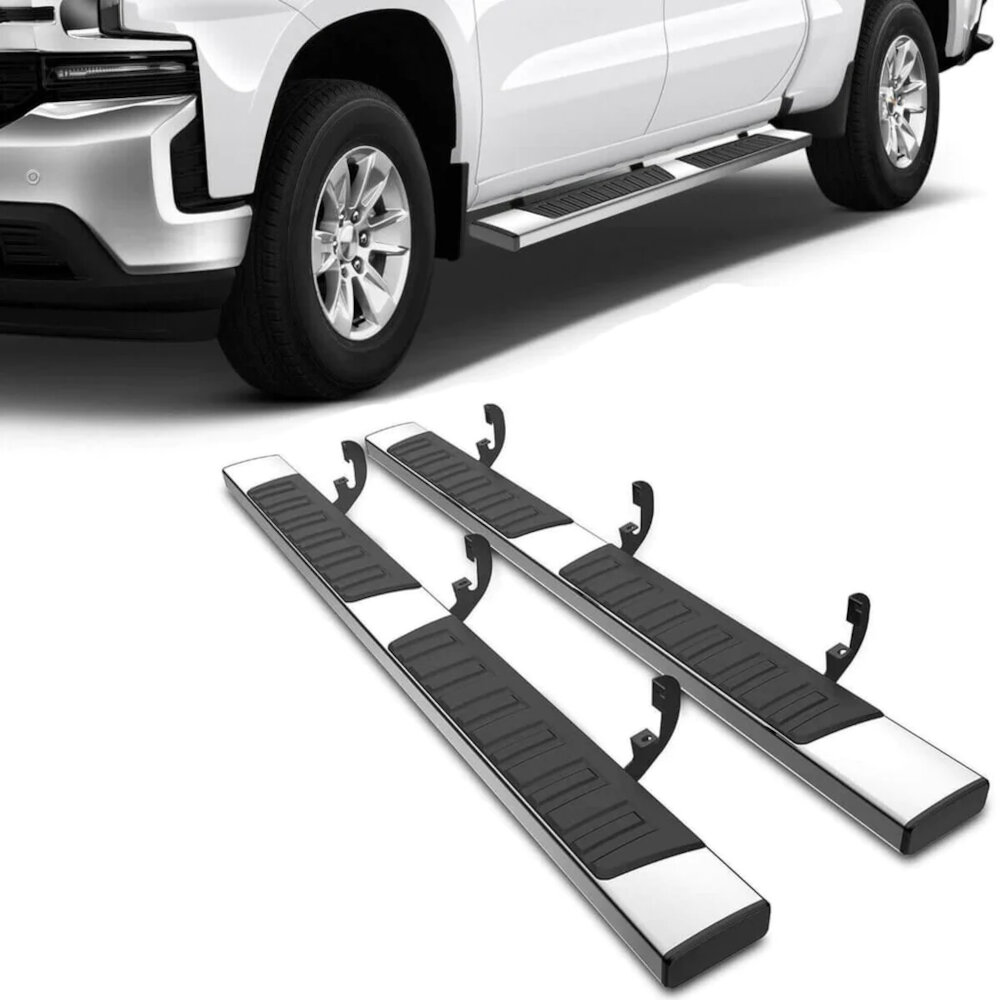
Cleaning up after removing paint from running boards is an essential step to ensure that the area is left in pristine condition. The first step is to use a scraper to remove any remaining paint chips and debris. Ensure that you use a scraper that will not damage the surface of the running board. Next, use a clean cloth to wipe off any remaining debris or dust. If there are any stubborn spots, use a sandpaper to smooth them out. Once you have finished, use a clean cloth to wipe the surface of the running board to ensure that it is free from any debris. The next step is to use a cleaning solution to clean the running board thoroughly. There are many different cleaning solutions that you can use, but make sure that you choose one that is safe for the surface of the running board. You can use a mixture of warm water and soap or a commercial cleaning solution. Apply the cleaning solution to the surface of the running board using a clean cloth, and scrub gently. Rinse off the cleaning solution with clean water and dry the surface of the running board with a clean cloth. Once you have finished cleaning, your running board will look as good as new.
Cleaning up after the paint removal process is crucial for several reasons. Firstly, leaving paint residue on the running boards can cause damage to the surface and impair its appearance. Secondly, the chemicals used in the paint removal process can be hazardous to health and safety if left unattended. Cleaning up ensures that any harmful chemicals are properly disposed of and that the area is safe to use. Additionally, a thorough cleaning can help to identify any areas that may need additional attention or touch-ups. By taking the time to clean up after the paint removal process, you can ensure the longevity of your running boards and maintain a safe and healthy work environment.
Proper clean up is an essential step to achieve a perfect finish while removing paint from running boards. The materials required for clean up include a bucket, water, clean rags, a scrub brush, and a cleaning solution. Moreover, to ensure maximum safety, gloves and protective eyewear should also be worn. The bucket will be used to hold the cleaning solution and water mixture, and the rags will be used to wipe away the paint residue. The scrub brush will help in removing stubborn paint stains, and the cleaning solution will break down the paint and make it easier to clean. Following these steps will ensure that the running boards are clean and paint-free.
Cleaning up the area after removing paint from running boards is essential to prevent any potential accidents or injuries. Firstly, make sure to gather all the tools and materials used during the process and store them in their designated places. Next, dispose of the paint residue and any other waste appropriately, following local regulations. Use a broom or vacuum cleaner to remove any dust or debris from the area. If any spills occurred, clean them up with a suitable cleaning solution and a cloth. Finally, inspect the area to ensure there are no loose screws or nails that could cause harm and make sure the area is safe to use. By following these steps, you can ensure a clean and safe work environment.
Precautions
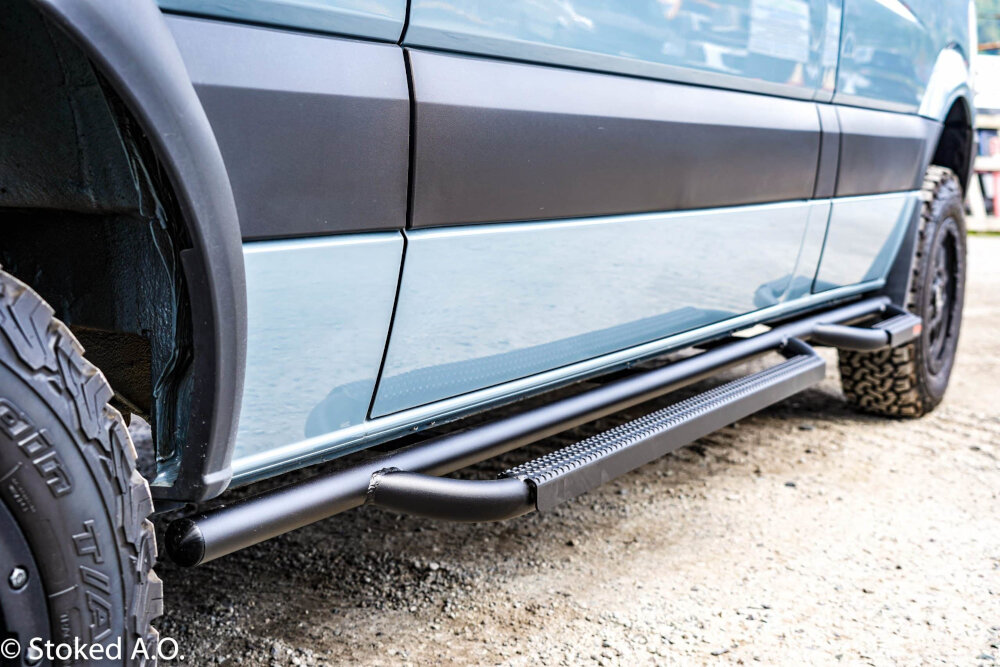
When it comes to removing paint from running boards, it is important to take certain precautions to ensure that the process is done safely and effectively. One of the most important precautions is wearing protective gear such as gloves, goggles, and a respirator mask. This will help to protect the skin, eyes, and lungs from any harmful chemicals or fumes that may be released during the paint removal process. It is also important to work in a well-ventilated area to prevent the buildup of fumes that can be harmful to breathe in. Another important precaution to take is to carefully read and follow the instructions on the paint remover product being used. Different products may have different application methods and safety protocols, so it is important to understand exactly how to use the product safely and effectively. It is also important to test the product on a small, inconspicuous area of the running board before applying it to the entire surface. This will help to ensure that the product does not cause any damage or discoloration to the running board surface. By taking these precautions, you can remove paint from running boards safely and effectively without causing any harm to yourself or the vehicle.
When removing paint from running boards, it is important to take several safety precautions. Firstly, it is essential to wear protective gloves and goggles to avoid any contact with the paint stripping chemicals. Secondly, make sure the area is well-ventilated as the fumes can be harmful when inhaled. Thirdly, avoid smoking or using any open flames near the paint stripping area as the chemicals can be highly flammable. Lastly, dispose of any used paint stripping materials properly and away from children and pets. By following these safety precautions, you can ensure a safe and successful paint removal process.
Failing to take proper precautions when removing paint from running boards can result in a number of risks and hazards. For starters, inhaling paint fumes can be extremely harmful to your respiratory system and may lead to breathing difficulties, headaches, and dizziness. Additionally, using harsh chemicals without proper protection can cause skin irritation, burns, and other health problems. Not only that, but failing to use the right tools and techniques can result in damage to the running boards and other parts of your vehicle. By taking the necessary precautions and following the steps in this guide, you can safely and effectively remove paint from your running boards without putting your health or your car at risk.
Removing paint from running boards is an essential task that should not be neglected by any car owner. Over time, paint can chip away, leaving the running boards looking unsightly and dull. Additionally, peeling paint can create a dangerous driving situation by reducing traction and causing slips and falls. Regularly removing paint from running boards can help to maintain the aesthetic appeal of your car and ensure the safety of its occupants. With the help of this step-by-step guide, you can effortlessly remove paint from running boards and keep your car looking and operating at its best.
The step-by-step guide to effortlessly remove paint from running boards begins by gathering all the necessary tools and protective gear, such as gloves and goggles. The next step involves applying a paint stripper solution to the running boards and letting it sit for a few minutes. Afterward, a scraper tool can be used to remove the paint with ease. If there are any hard-to-reach areas, a wire brush or sandpaper can be used. Once the paint is fully removed, the running boards can be washed with water and soap to remove any remaining residue. Finally, the running boards should be left to dry completely before any new paint or coating is applied. Following this guide can help individuals remove paint from their running boards with minimal effort and maximum results.
Successfully removing paint from running boards can be a challenging task, but there are additional tips and tricks that can make the process easier. One helpful tip is to use a heat gun to soften the paint before scraping it off. This can save time and effort and prevent damage to the running board. Another useful technique is to use a chemical paint stripper, which can dissolve the paint and make it easier to remove. However, it is important to use caution when working with chemicals and to follow the instructions carefully. Finally, be sure to wear protective gear, such as gloves and goggles, to prevent injury and minimize exposure to harmful substances. With these tips in mind, you can remove paint from running boards efficiently and effectively.
Conclusion
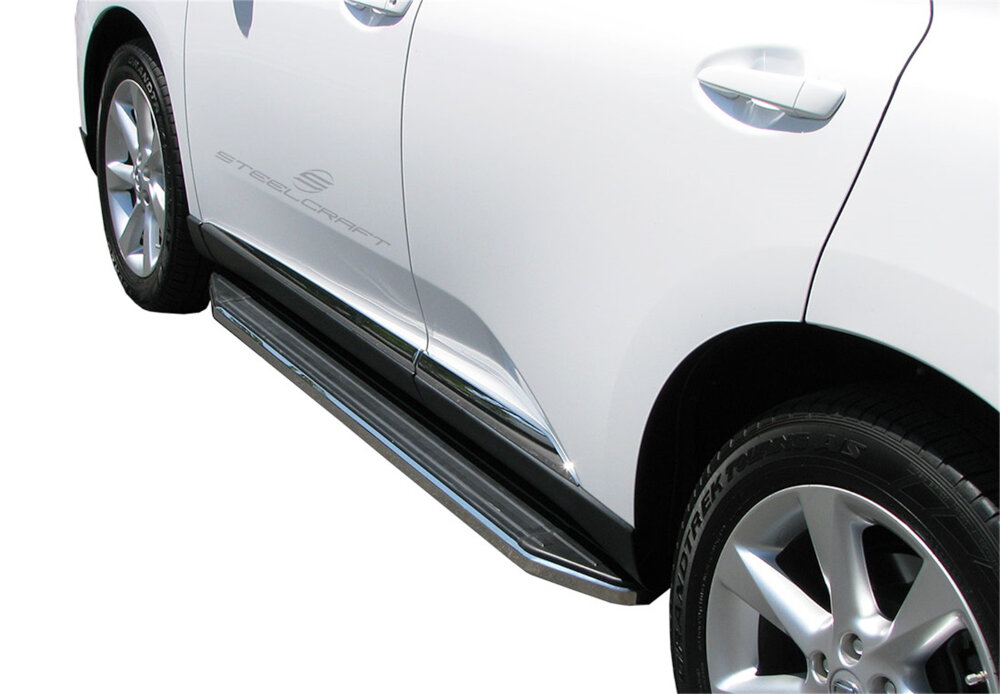
In conclusion, removing paint from running boards can be a daunting task, but with the right tools and techniques, it can be done effortlessly. Following the step-by-step guide provided will help you achieve a clean and polished finish, restoring your running boards to their original state. It is important to note that safety precautions should always be taken when handling chemicals and equipment. With patience, attention to detail, and a willingness to put in the effort, you can successfully remove paint from your running boards and give your vehicle the fresh look it deserves.

